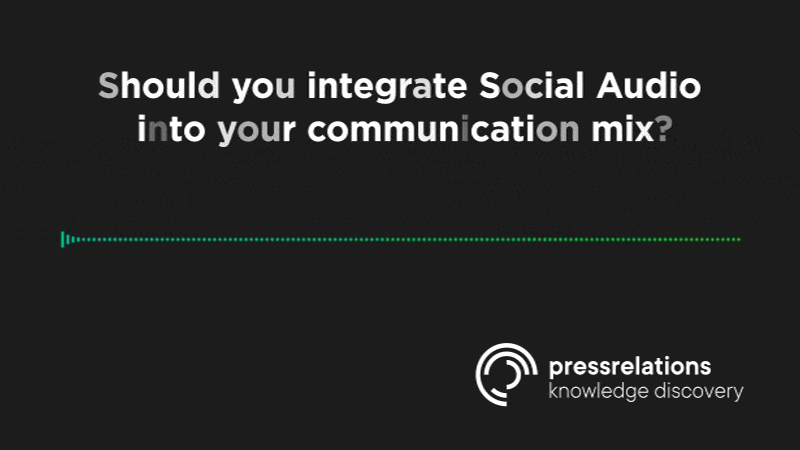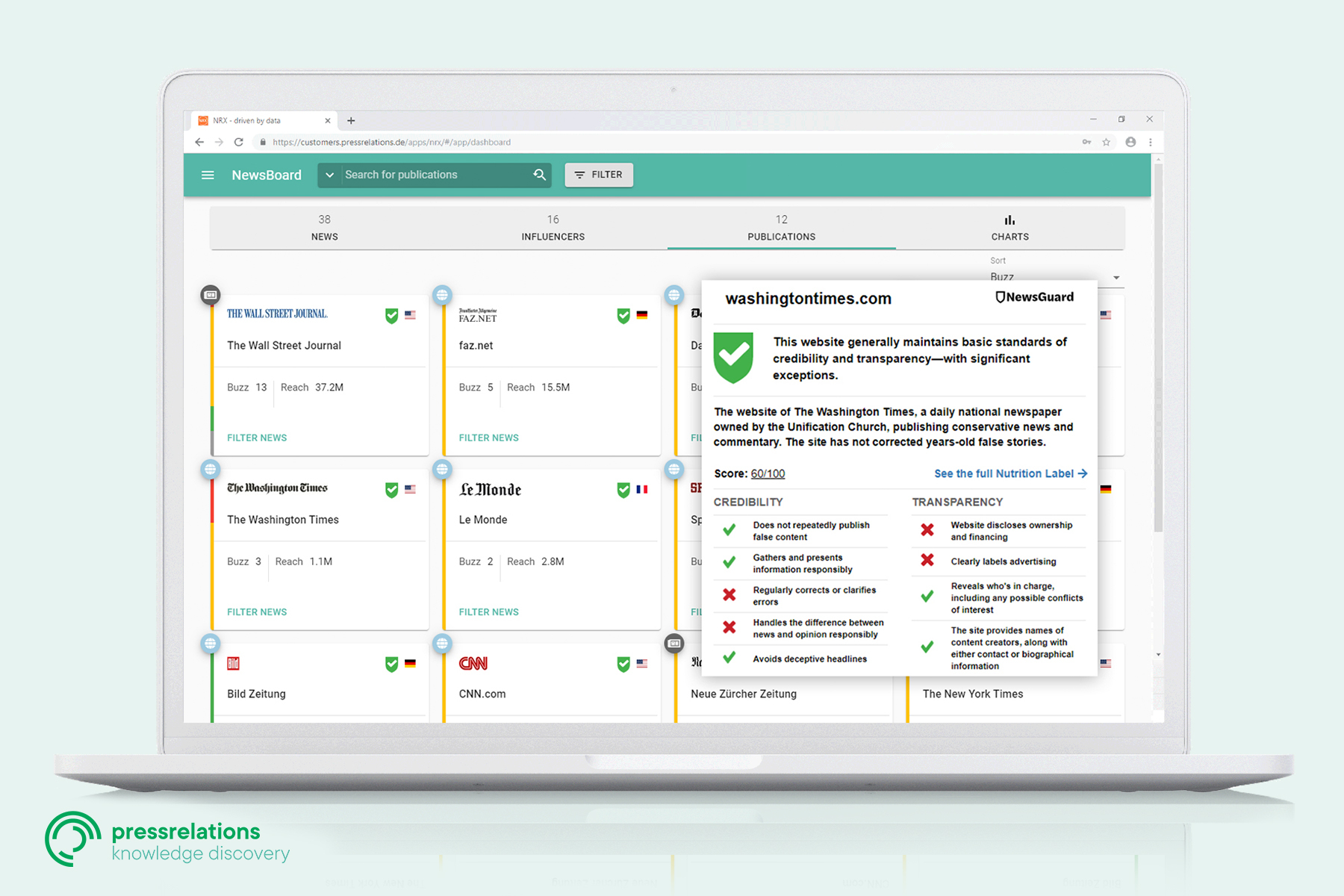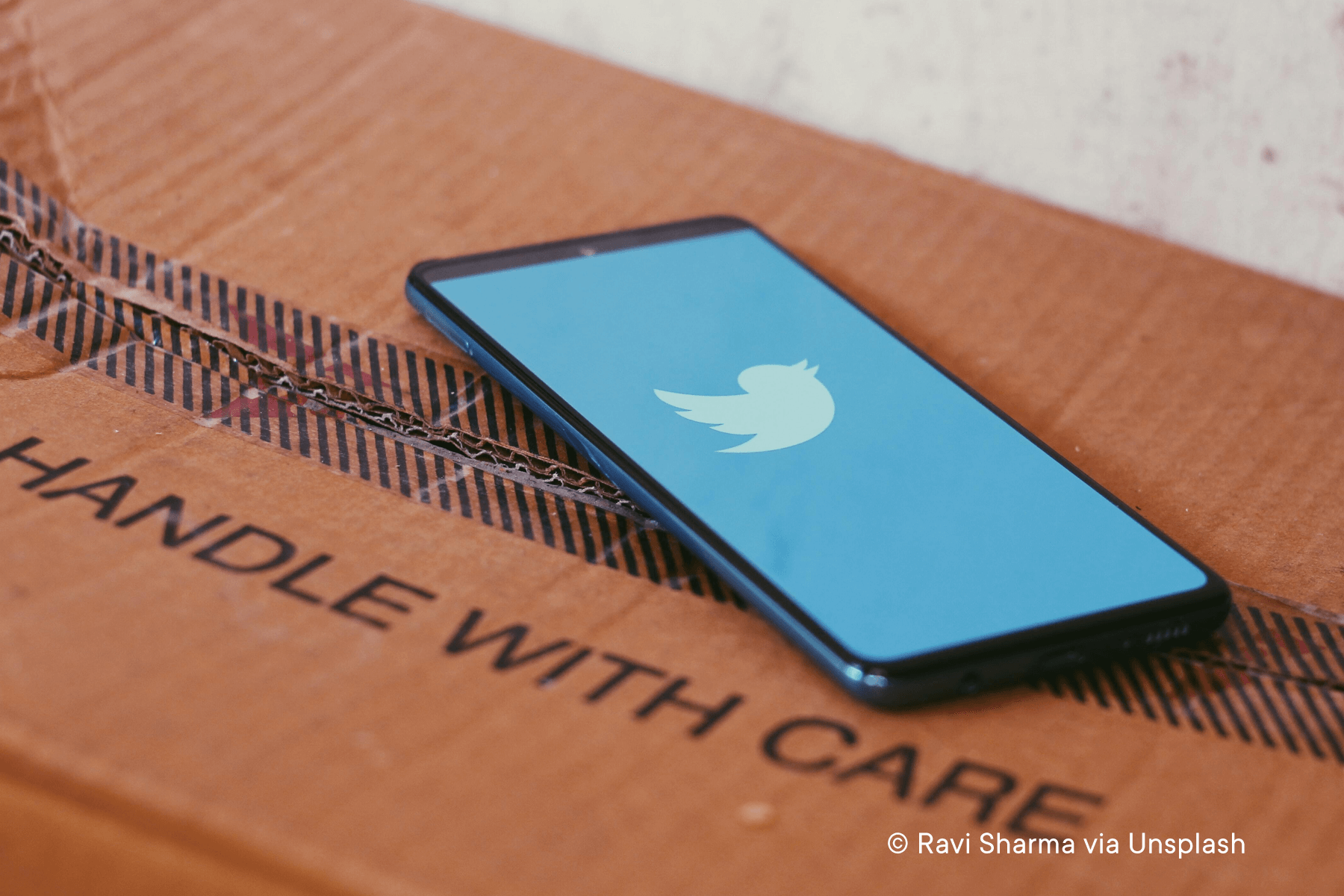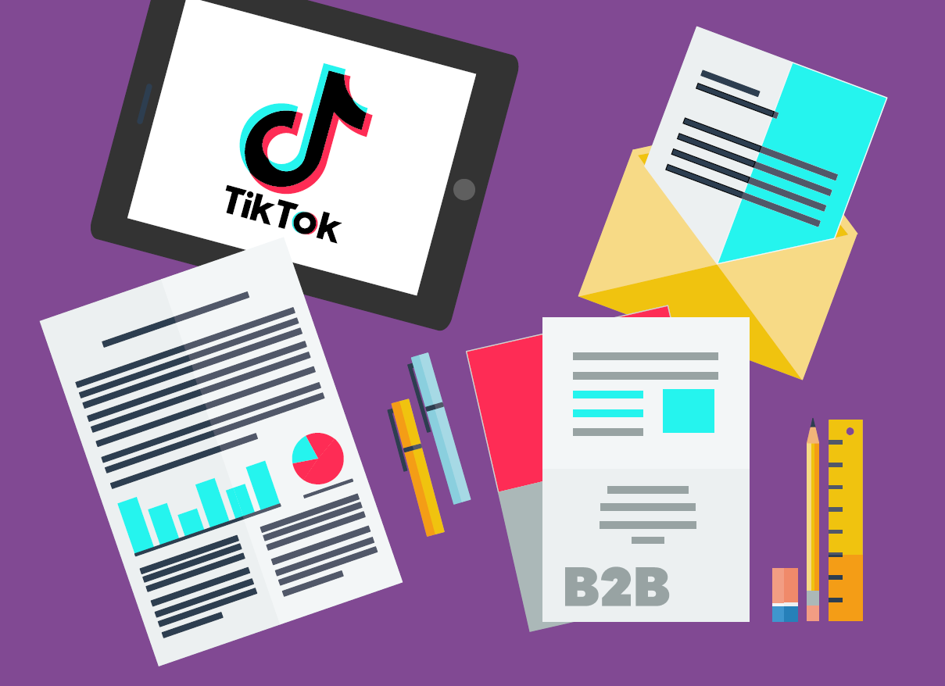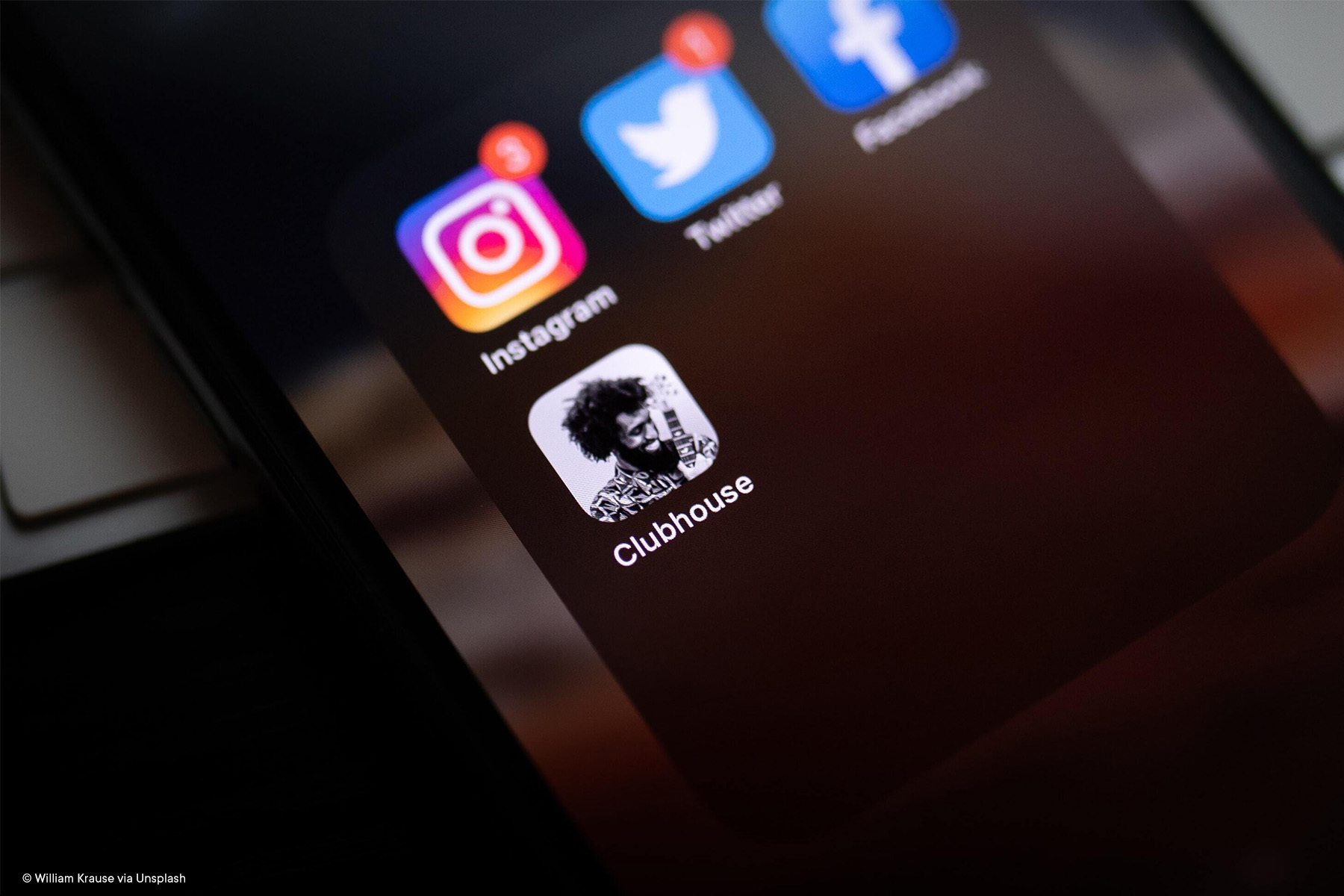As social media remains an indispensable part of our lives, people continue to find new iterations that help enhance exposure and boost engagement. One of the newer forms that has recently seen a massive rise in popularity is social audio.
Social media is still a relatively new phenomenon that has grown to dominate the world of online communication, while podcasts have been around for much longer. Still, they have only picked up over the last few years as technology became more and more mobile. However, don’t confuse podcasts with social audio. Podcasts are a one-way broadcast that is usually pre-recorded for release at a later time. Social audio, on the other hand, happens in real-time, allowing listeners to proactively join in on the conversation, share input, and be a part of a much larger community and shared experience.
So, what is it about social audio that has helped it to amass success so quickly?
The Impact of Social Audio
Data shows that audio content has a significant impact on listeners. In early 2021, 68% of the US population were monthly listeners of online audio, such as online radio stations and streamed audio content only available online. Compared to other content types, audio content is simply the most immersive form of media because it triggers memorability, familiarity, trust, and connection.
Social audio is particularly impactful for the same reason. It provides depth to context without the support of text or imagery. Listeners feel more engaged and relate to what’s being said because simply hearing the intonation in someone’s voice is enough to influence specific thoughts and understanding. “Podcast-like platforms such as Clubhouse present a democratized, unique opportunity for transparency and authenticity“, commented Bret Werner, president of PR agency MWWPR, adding that people “feel safer with audio conversations.”
Currently, there are about 40 social audio platforms — some of them include increasingly popular names like Clubhouse, Discord, and Twitter Spaces, to name a few. Even Reddit is getting in on the game with Reddit Talk.
Journalists, creators, newsmakers, consumers, and politicians of all kinds recognize social audio as an effective tool to join or initiate a dialog — so how can organizations capitalize on this? And, should marketers and public relations professionals alike incorporate this tool into their communication mix?
Many businesses have created an online presence and grown their brand in the virtual space, but this isn’t the same as integrating social audio into their campaigns.
Social audio has shown significant potential to make an impact in the sphere of live online events. The growing demand incentivising virtual events to provide viewers, listeners and target audiences with a medium to join in from wherever they are, prompted agencies to introduce better ways to improve inclusion. More people joining in on an event also means more capital, something businesses would want to bank on.
How You Can Integrate Social Audio Into Your Tool Chest
Listeners don’t just join in for content. They want to be able to relate to the speaker, host, or moderator. They want an authentic dialog.
If you’re looking to integrate social audio into your campaign, here are some ways you can do that and succeed:
Listen Before Jumping
Many businesses are looking to tap into the social audio market and are focused primarily on a business-oriented audience. Tech analyst Jeremiah Owyang predicts that vertical-specific platforms will emerge in every industry and that businesses should not allocate resources just yet. Instead, you should listen to the conversation and learn.
Employ Good Conversationalists
You need seasoned speakers who are good conversationalists. Being able to carry a live audio conversation is an essential aspect of maintaining a social audio presence, if not the most important. When something is scripted and insincere, your listeners would be able to tell because they will not resonate with it. Your spokesperson must be able to create a dialog and tap into authentic conversations with an approachable tone.
Conduct Market Research
Market research is important when it comes to integrating anything new into your campaign. Learn more about it rather than check if it already exists. Pay attention to what your audience is listening to and research topics and trends that are relevant to your brand. It’s always good to scope out your competitors – you can do so by joining in on the actual conversation and get the lay of the land.
An excellent platform to start with would be Clubhouse. If you want to become a Clubhouse expert then I recommend to start studying this ultimate Clubouse guide compiled by PR expert Stuart Bruce.
Examples of Brands Testing Social Audio
Many brands are experimenting with social audio right now, and Netflix is a great example. The streaming service entered into a partnership with the Clubhouse club “Binge TV” and co-hosted an audio room following a Twitter watch party for one of Netflix’s new movies.
Another example comes from online food ordering platform Slice. On Valentine’s Day 2021, the company partnered with a Clubhouse dating show to give a free pizza to everyone leaving the show without a date.
Risks Associated with Social Audio
Like all social media, social audio platforms have their drawbacks too. Scale, for example, is a problem. Putting all the hype around Clubhouse aside, you will find that, today, the app has a mere 10 million weekly active users worldwide and social audio overall has only a fraction of the 120 million regular podcast listeners in the United States.
While platforms like TikTok or YouTube employ algorithms to help get specific content in front of their users, social audio applications like Clubhouse don’t have that feature (yet). And that is only one of the reasons why it is much more complicated to make those easy-to-create new audio rooms an actual success. To garner users’ attention, you need great content that gets audiences hooked in a matter of seconds after they’ve opened an application. This isn’t easy to do when social audio platforms stream content in real-time. Also, the fact that, currently, there are next to no metrics available to track and optimize your social audio-related efforts, makes things more difficult and also creates a measurement problem.
And, in live situations many things can go wrong and put your brand at risk as Karen Staughton, West Coast engagement director at digital agency Grow knows, “if a brand sponsors or shows up in a room, and somehow something happens in that room, the brand will take the heat for not speaking up or doing something“.
To broaden their reach, some creators and moderators stream their social audio events on other platforms such as Twitch and share their links to their fans and followers on other social networks which may lead to issues if you’re using copyrighted music.
You also want to be extra careful if your organization or client belongs to a regulated industry such as the financial sector or pharmaceuticals. It will be very difficult if not impossible to manage brand mentions in connection with complaints, hate speech, and so forth in a legally compliant way. Then, there are also the Federal Trade Commission’s disclosure requirements which will apply to social audio, although specifics have not yet been defined.
And since social audio is a growing trend, the number of competitors is growing along with it. Many businesses are looking to produce their social audio apps to capitalize on the vast popularity of audio content raising many questions around channel effectiveness.
Should Brands Engage on Social Audio?
Newcomer platforms like Clubhouse aside, social audio channels have also been established by well-known social networks such as Twitter. Facebook has announced it will go live with their offering this summer bringing social audio to the 1.8 billion people who use Facebook Groups every month. Since the rise of social media platforms shows no signs of slowing down, it’s safe to assume social audio channels are here to stay as well.
And, as both audience types, B2B and B2C, show an increased engagement for this new medium, it can be a viable new communication tool for many brands. If you engage, however, make sure to keep and maintain the intimacy and authenticity – two things that make social audio so popular in the first place.
But, as professional communicators we shouldn’t be expecting any massive returns from the engagement on social audio platforms any time soon. The number of listeners is simply too small to have a measurable impact on our business and communication objectives – at least for now.
